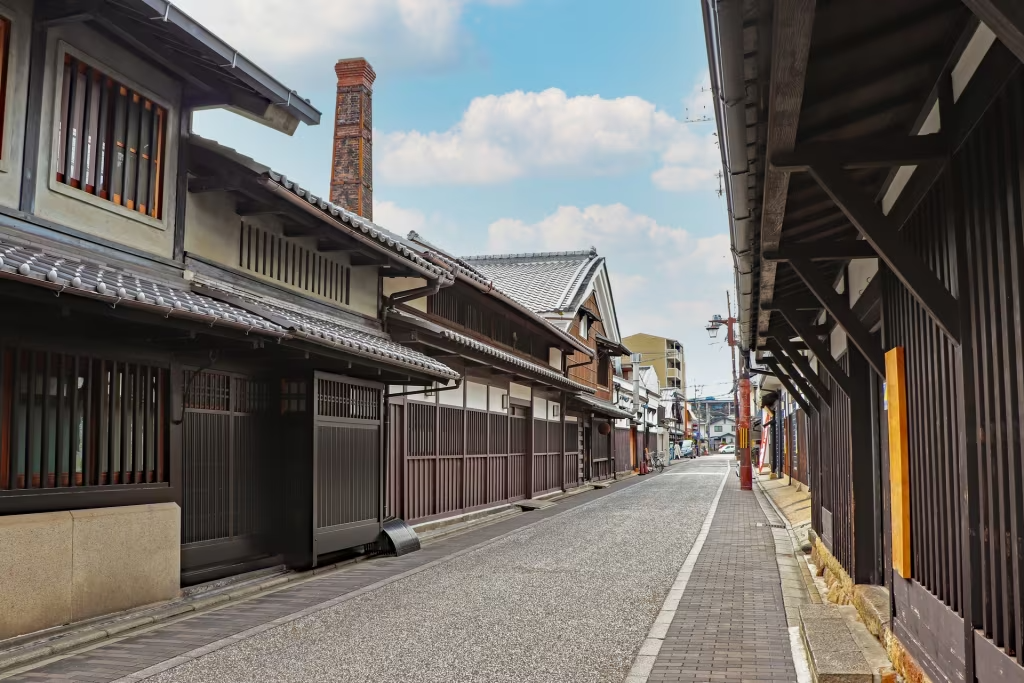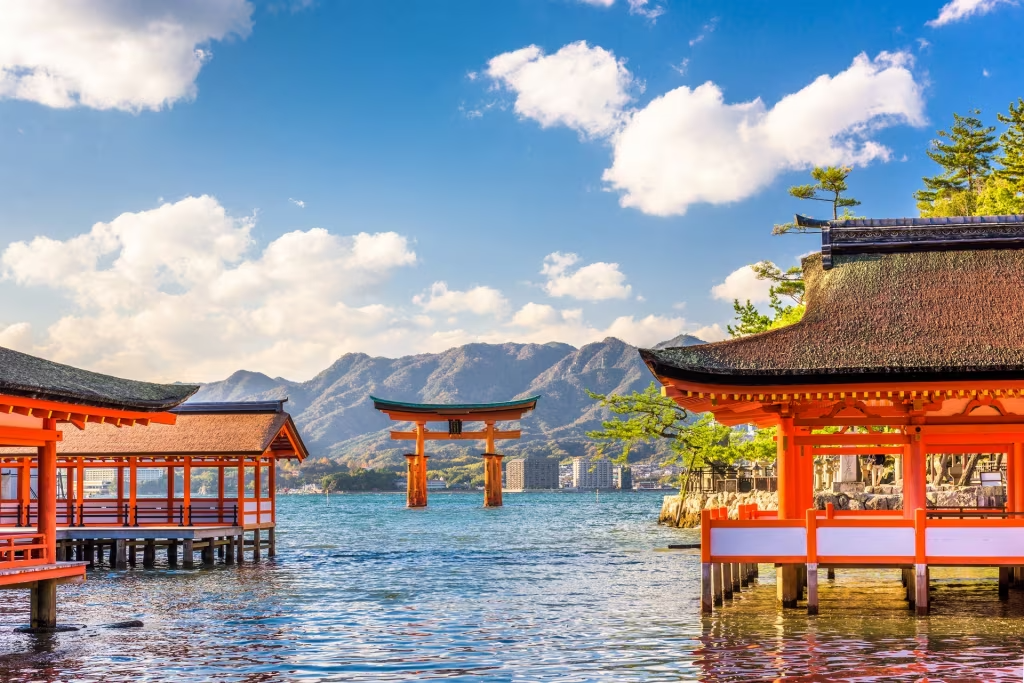Arashiyama Bamboo Grove, Kyoto
The green bamboo of Arashiyama, swaying in a gentle breeze, is a hypnotic sight. No wonder this serene, shady forest, one of the best places to visit in Japan, has captured the imagination of poets and artists for hundreds of years. There’s almost perfect symmetry as you wander along the path, almost impossibly tall, slender bamboos arching gracefully overhead. The Arashiyama Mountains are a scenic area on the western outskirts of Kyoto. It’s a popular area for hiking and cycling, with trails running through the bamboo forest. The grove is outside Tenryuji, a Buddhist temple established in 1339. That took the place of a ninth century one that was Japan’s first Zen temple.




